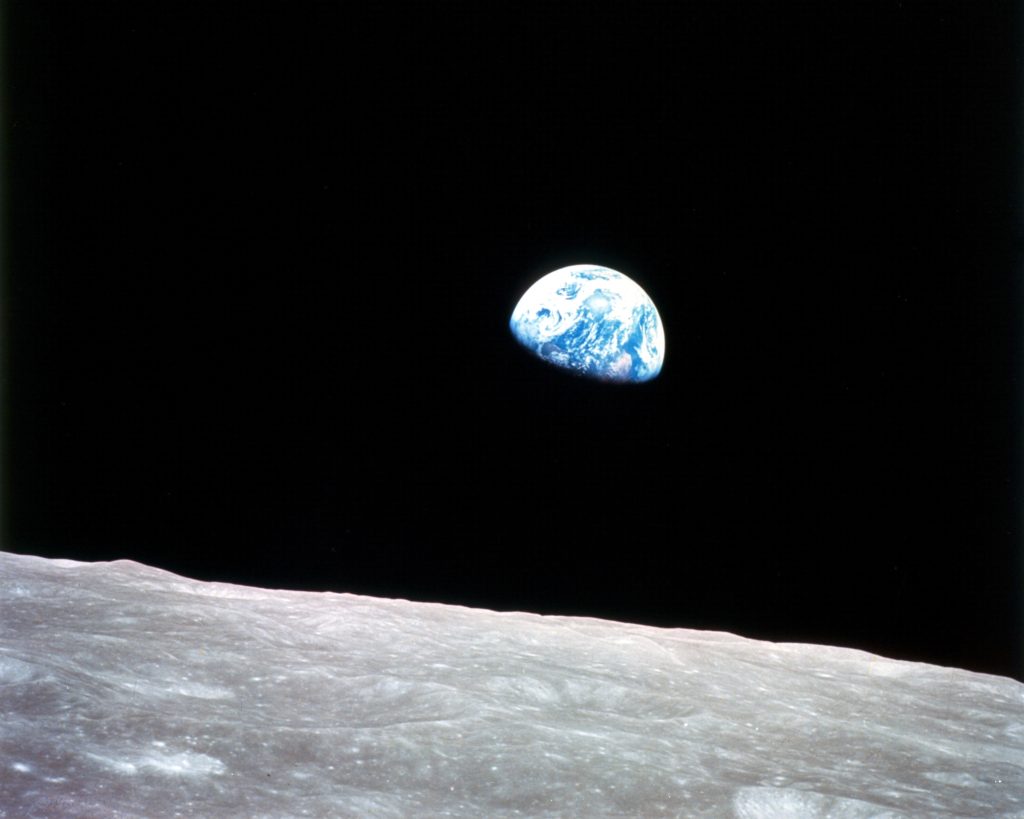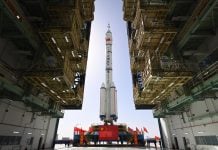In an exciting announcement, a scientist from the National Aeronautics and Space Administration (NASA) revealed that the agency is actively pursuing the development of lunar resources. The initial focus lies on extracting oxygen and water, with future plans to expand to valuable elements such as iron and rare earths. NASA’s goal is to commence excavation of lunar soil by 2032, marking a significant step towards the establishment of sustainable space exploration.
Lunar soil excavation is expected to scale up by the year 2032
Central to NASA’s ambitious moonshot program is the advancement of commercial opportunities in space. Gerald Sanders, a seasoned rocket scientist at NASA’s Johnston Space Center, emphasized the importance of quantifying potential resources, including energy, water, and lunar soil, to attract commercial investment. Sanders believes that developing access to lunar resources will be pivotal in reducing spaceflight costs and fostering a circular economy, ultimately facilitating the growth of the space industry.

To comprehensively understand the resource profile of the moon, NASA is planning to send a test drilling rig to the lunar surface later this month. The agency aims to scale up lunar soil excavation by 2032 and establish a pilot processing plant. Initial customers are expected to be commercial rocket companies seeking to harness lunar resources for fuel and oxygen, paving the way for a new era of space exploration and commerce.
Australia’s Space Agency is also actively contributing to this lunar endeavor. They are collaborating on the development of a semi-autonomous rover capable of collecting samples of lunar regolith during NASA’s upcoming lunar missions. By as early as 2026, this rover will gather samples containing oxide lunar soil, which will then be used by NASA to extract oxygen using a dedicated device.
NASA’s plans extend beyond the moon, as they intend to leverage the knowledge and experience gained from lunar missions to facilitate future manned missions to Mars. With their sights set on returning American astronauts to the moon by 2025, including the historic first woman and person of color, NASA is demonstrating its commitment to diversity and inclusion in space exploration.
The journey to the moon holds vast potential, not only for scientific advancements but also for the growth of a thriving commercial space industry. The future is bright, and the moon looks like it will become humanity’s stepping stone to the stars.
RELATED:
- NASA Discovers Crash Site of Japan’s Failed Lunar Lander
- Casio launches a new G-Shock watch inspired by NASA’s orange spacesuits
- Best Sony Over-Ear Headphones 2023
(Via)







